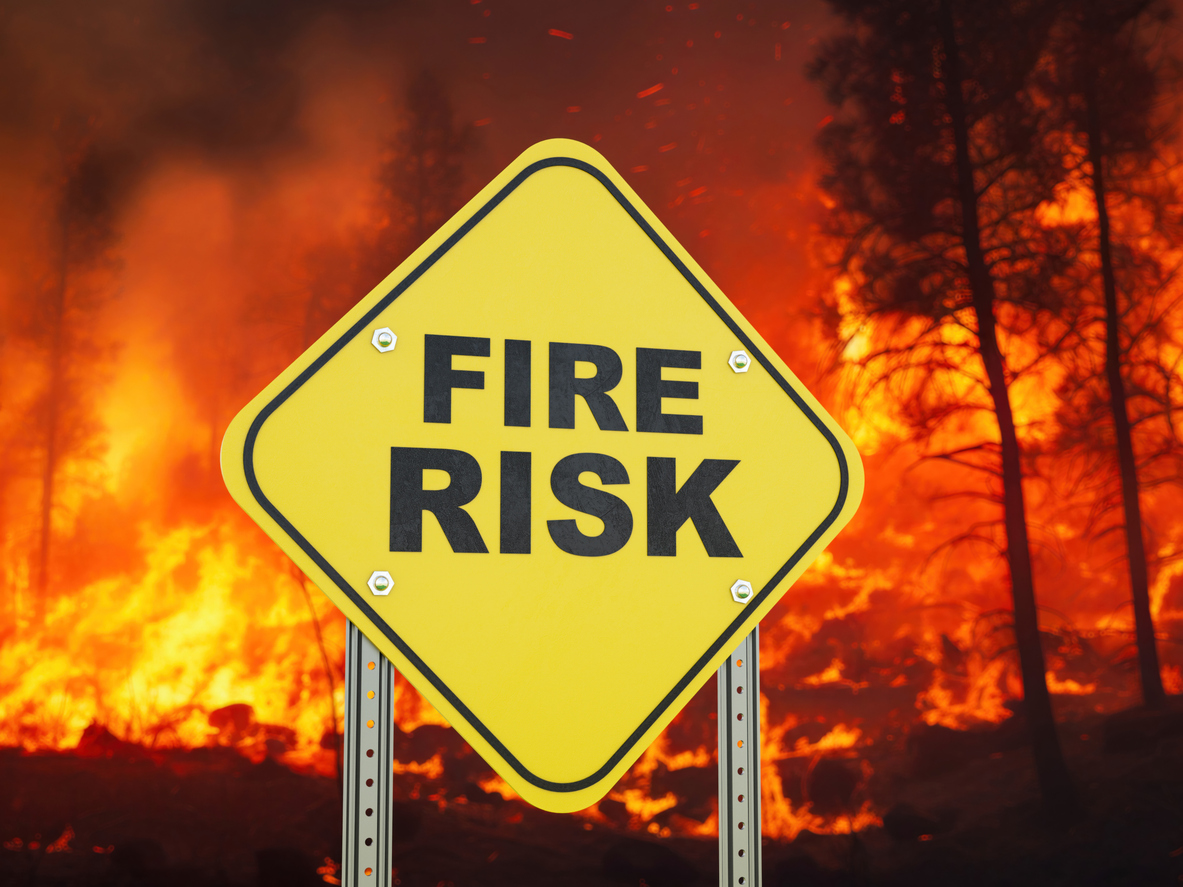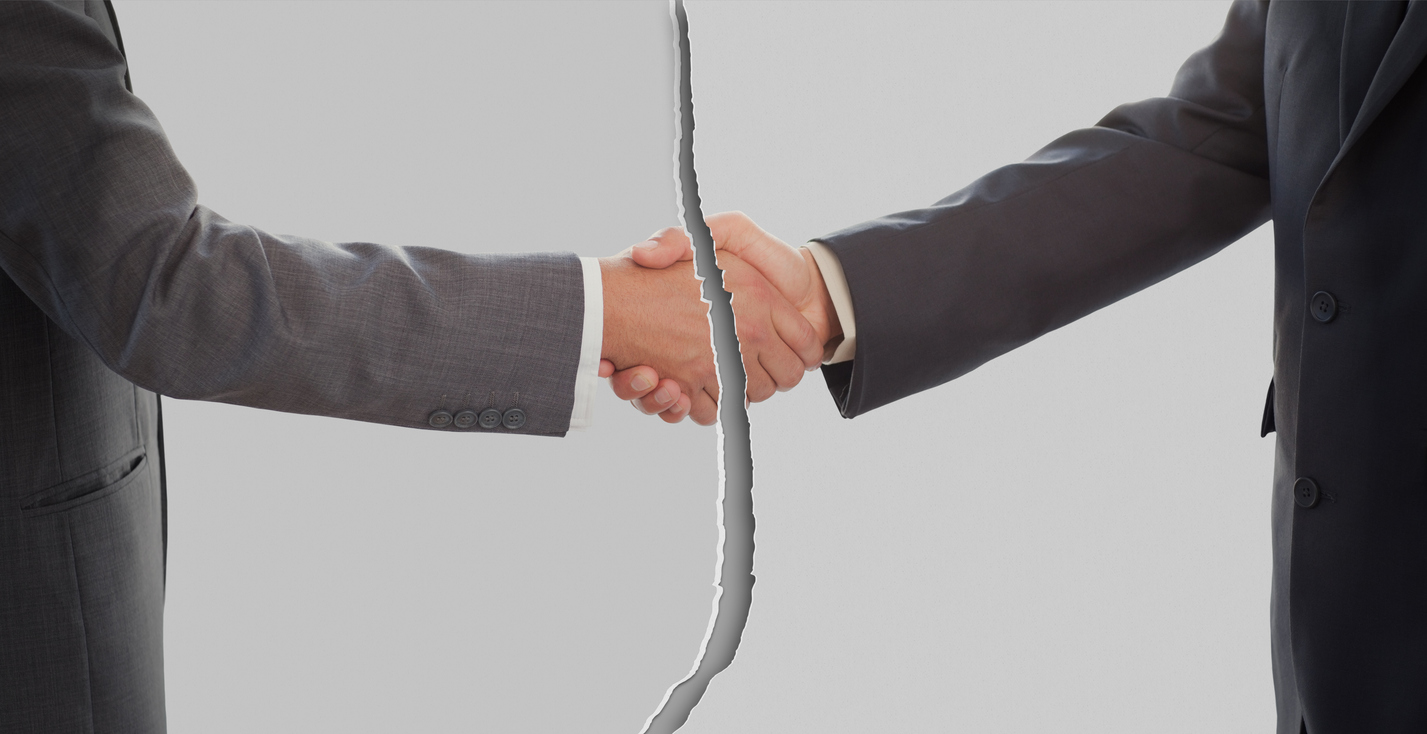If you’ve suffered property loss or damage, knowing what your insurance covers is crucial. Understanding recoverable depreciation can help policyholders get the full replacement cost for damaged or destroyed items, not just their depreciated value. In this blog, we cover what recoverable depreciation is, why it matters, and how it works in real-world scenarios.
What Is Recoverable Depreciation?
Recoverable depreciation is the difference between the full cost to replace an insured item and the lower actual cash value (ACV) of that same item including depreciation. Many insurers only provide policyholders with the depreciated value of a damaged item until they can prove the item has been repaired or replaced. Recoverable depreciation refers to the remaining amount of money the policyholder is then reimbursed to cover that full replacement cost.
When Do You Get Recoverable Depreciation?
Policyholders are only eligible to recoup recoverable depreciation if they have a replacement cost value (RCV) policy (rather than an ACV policy) and follow through with repairing or replacing the damaged property.
Most homeowners who have a RCV policy are surprised to find that their insurer, when presented with a claim for damaged or destroyed property, only advances the actual cash value of the item until the repairs or replacement are made. This means that policyholders are required to pay out of pocket to cover that depreciated value amount until they can prove to the insurance company that the repair work has been completed. Exact timing varies by insurance company and the details of your policy; make sure to thoroughly review the terms of your policy.
How To Calculate Recoverable Depreciation
Let’s say you purchase a $2,000 sofa with a lifespan of five years, but it was stolen from your house after only three years. The first thing that needs to be decided by the insurance carrier is the ACV for that sofa.
Actual Cash Value Payment
To assess this, the insurance company would first determine the annual depreciation amount, which would be the replacement cost of the sofa divided by its expected lifespan:
Depreciation = $2,000/5 years = $400 depreciation per year
Total depreciation is calculated by multiplying this replacement cost ($400) by the age of the item, and the ACV is the replacement cost minus that total depreciation. So that’s:
ACV = $2,000 – ($400 x 3) = $800
Recoverable Depreciation
If you have a replacement cost value (RCV) policy, and you buy a new $2,000 sofa to replace the old one, you can then claim recoverable depreciation from your insurer. In this case, the recoverable depreciation would be the remaining $1,200.
Recoverable Depreciation with a Deductible
However, you also need to consider the cost of your policy deductible, which can make a significant difference in the total payout you get on your claim. If, say, you have a $200 deductible on your RCV policy, your recoverable depreciation would be the difference between the remaining $1,200 we just mentioned minus your deductible ($200): So $1,000.
What Is the Difference Between Recoverable Depreciation and Actual Cash Value?
Actual Cash Value (ACV) is the current market value of an item; ACV takes depreciation and wear and tear into account. Recoverable depreciation, on the other hand, is the difference between the actual cash value of an item and the amount it costs to replace or fully repair that item.
An Example of Recoverable Depreciation Versus Actual Cost Value
Consider a case where your home is broken into and your 5-year-old television is stolen. Electronic items like televisions lose value (i.e., depreciate) fairly quickly. If you purchased a new TV for $1,000 five years ago, even though you kept it in great condition, it might only be worth $500 today; yet the cost to replace it with a comparable one today could be $1,200.
Under an ACV policy, you would be due $500 (the depreciated value of the TV). Suppose you also have a $200 deductible on your ACV policy. Given a $200 deductible, you’re now due just $300 to replace what costs $1,200 in today’s money. We can write this as a math equation:
(Actual Cash Value) – (Deductible) = (Amount due to insured)
$500 ACV – $200 Deductible = $300 due to the policyholder
Under a RCV policy, however, you can recoup some of the costs for replacing a depreciated item. Once your initial claim is approved, the insurance company would reimburse you for the $500 ACV until you provide proof that you purchased the $1,200 replacement TV. Then you would be reimbursed for the remaining amount (minus your deductible). The equation looks like this:
(Actual Cash Value) + (Recoverable Depreciation) – (Deductible)
= (Amount due to insured)
For our television example, this would be
$500 ACV + $700 Recoverable Depreciation – $200 Deductible
= $1000 due to the policyholder.
Are There Benefits To Having Recoverable Depreciation Coverage?
With recoverable depreciation coverage, you are able to recover the full replacement cost of the item, even if the items were depreciated. We saw the potential monetary value of this coverage in our TV example above: With recoverable depreciation coverage, the policyholder was able to recover $700 more than with an actual cash value policy alone.
Why Do Insurance Companies Hold Back Depreciation?
Insurance companies hold back depreciation to ensure that policyholders are only paid for the actual loss they incurred. Holding back depreciation also helps prevent fraud and helps insurance companies maintain the financial stability to cover future claims. For a variety of reasons, some policyholders may miss a deadline for submitting proof of a final repair or choose not to complete repairs after receiving their initial ACV payout. In both of these situations, insurers get to pay out less than their policyholders are owed.
Are There Limitations or Exclusions to Recoverable Depreciation?
Yes, there are limits and exclusions to recoverable depreciation. The exact parameters can vary depending on the specific insurance policy but some common limitations include:
- Maximum Coverage: Many policies have a maximum amount that they cover. This means that if your total recoverable depreciation exceeds this limit, you may only receive the maximum amount.
- Age Limits: Some policies may have age limits for items that qualify for recoverable depreciation. For example, the policy may only cover items that are less than 10 years old.
- Peril Exclusions: There may be certain perils that are not covered by recoverable depreciation. For example, a policy may exclude coverage for depreciation on items damaged by flood or earthquake.
- Wear and Tear: Policies may exclude coverage for depreciation caused by normal wear and tear. This means that if an item is damaged due to age or use, the policy may not cover the depreciation.
- Maintenance: Some policies may require that you maintain the damaged or lost property in a certain way to qualify for recoverable depreciation. For example, you may need to keep the property insured or take specific required steps to prevent further damage.
How Does Depreciation Work on a Roof Claim?
Each insurance company calculates depreciation differently, but almost all consider the age of the roof in addition to the wear and tear. Let’s consider an example.
Say you have an asphalt shingle roof with a maximum lifespan of about 20 years. Let’s say it cost $8,000 to install this roof in 2014, and our homeowners have done regular maintenance and cleaning to ensure that they can expect their roof to last until 2034. However, a tornado passes through in 2024, and the roof is damaged badly enough to need a complete replacement. With depreciation, the insurance adjuster determines the current value of the roof is $4,000. The homeowners get a quote for $12,000 to replace the roof from a contractor, and they have a $500 deductible on their policy.
Under an ACV policy, the homeowners could expect to receive $3,500 (the ACV minus the deductible). If they have RCV coverage with recoverable depreciation, they would receive an initial payment of $4,000 once the claim is approved, followed by an additional $7,500 once they prove they have replaced the roof for a total of $11,500 (RCV minus the deductible) all together.
How To Claim Your Recoverable Depreciation Balance
To collect the recoverable depreciation amount, an insured must submit documentation to their insurer demonstrating that the damaged property has been repaired or replaced. Generally speaking, this would be a receipt showing that the work has been completed and paid for by the insured. The supplemental check is then issued after an insurer has already paid out on ACV benefits and the insured has used that money to do the repairs/replacement of the property.
How Do You Know if Depreciation Is Recoverable?
The exact answer varies depending on the terms of your policy. The most reliable way is to review your insurance policy for language regarding replacement cost value, actual cash value, and depreciation. You can also ask your insurance agent.
Is There a Time Limit for Claiming Recoverable Depreciation?
Insurers frequently place a time limit on claiming recoverable depreciation. This is covered under the statute of limitations for your state as well as the terms of your policy and the type of claim you’re making. To ensure that you receive the full compensation due to you under your policy, make sure you file all necessary supporting documents within the time limits outlined in your policy, and comply as quickly as possible with reasonable requests for information from your insurance company.
How Long Does It Take to Receive a Recoverable Depreciation Payment?
While the exact timeline varies, it can take weeks or even months depending on the complexity of your claim, your insurance company’s internal processing timelines, and how long it takes to collect and submit supporting documentation. Review your policy carefully for the exact details; many jurisdictions have guidelines for both policyholders and insurance companies to ensure timely resolution of claims.
Does the Contractor Receive the Recoverable Depreciation Check?
Sometimes the policyholder receives the recoverable depreciation check; other times it goes straight from the insurance company to the contractor that completed the work. For claims that arise under the dwelling portion of a homeowners claim, it is very common for an insurer to directly pay the contractor for any repairs done to the damaged property rather than paying the insured policyholder who actually filed the claim. However, some insurers pay the insured directly, and then the insured is responsible for ensuring that the contractor receives the payment for the work they have performed on the claim.
It’s always best practice to ask your insurance carrier for details on who gets paid what and when to avoid as many unwanted surprises as possible.
What Happens if the Cost of Repair or Replacement Is Less than the Recoverable Depreciation Amount?
You’ll likely receive the actual cost of repair or replacement. Insurance companies generally aim to cover the actual loss incurred by the policyholder. If the cost of restoring the damaged property is less than the amount you’re eligible to receive for depreciation, you won’t be overpaid.
What Happens if My Insurance Company Won’t Pay Recoverable Depreciation?
This might be because you only have an ACV rather than an RCV insurance policy. If you only have an ACV policy, then the insured is not entitled to recover RCV or recoverable depreciation benefits. If, however, your policy includes recoverable depreciation coverage, and your insurance company still won’t pay, it might be time to consult an experienced attorney for help.
Further Resources on Insurance Coverage Law
Navigating the complexities of insurance claims can feel overwhelming. Whether you’re facing unpaid claims or simply filing for the first time, our eBooks equip you with the crucial information you need to advocate for yourself with confidence.
- Filing A Property Insurance Claim
- Insurance Company Response Time
- What To Do When You Have a Denied/Underpaid Claim
- Wildfire Claims
- Flood Claims Handbook
- More Information on Hurricane Deductible and Policy Limits
Why Merlin?
Are you fighting an insurance company that won’t pay up on claims? With nearly 40 years of practice and $2 billion in recovered claims, our team stands by your side to ensure you can face any insurance challenge with confidence. Contact us today for a consultation, or read more about how we’re your trusted advocate.




